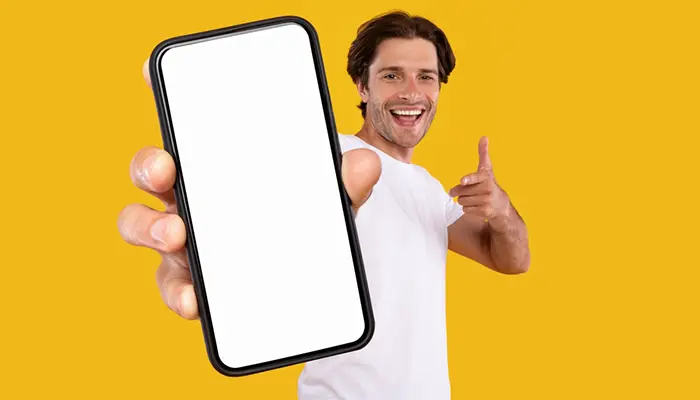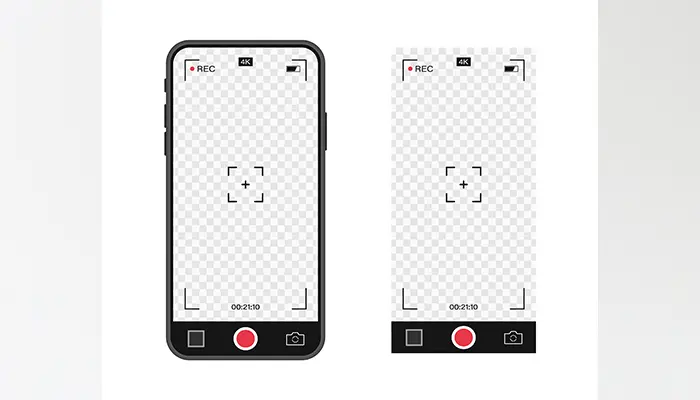
What’s the first thing or the most important thing you look in mobile phones these days? The camera, of course. You are not alone, we all do that. In fact, many mobile brands are only focussing on making their camera the highlight.
It is true that with the advancement of technology, mobile phone cameras have become more powerful than ever. However, with so many options available, how do you compare them to choose the best one for your needs? Let’s find out.
It's not about just megapixels – Yes, that’s right. When comparing mobile phone cameras, many people make the mistake of focusing solely on megapixels. In reality, there are several other factors that play a crucial role in determining the camera's performance.
One important aspect to consider is the sensor size of the camera. A larger sensor can capture more light, resulting in better image quality and low-light performance. Do Look at the pixel size of the camera sensor. It is true that larger pixels can absorb more light and produce sharper images with less noise.
Also, don't forget about image processing algorithms used by different manufacturers. These algorithms can significantly impact how your photos turn out, even with similar hardware specifications.
Test in Different Lighting Conditions – You will click photos in different lighting conditions so when comparing mobile phone cameras, one essential factor to consider is how they perform in different lighting conditions. Natural light can vary throughout the day, affecting the quality of your photos. Testing your camera in various environments like bright sunlight, shade, and low-light settings will give you a better understanding of its capabilities.

Bright sunlight can create harsh shadows and overexposure if not managed properly. However, shooting in dimly lit areas or at night requires a camera that excels in low-light performance to capture clear and detailed images without excessive noise.
By testing your phone's camera in different lighting scenarios, you can determine how well it adapts to varying conditions and whether it meets your expectations for capturing high-quality photos.
Compare aperture size – The golden rule of photography involves aperture. We usually ignore it when it comes to mobile cameras. The aperture controls how much light enters the camera lens, affecting the overall image quality. A larger aperture (smaller f-number) allows more light in, making it ideal for low-light conditions and creating a shallow depth of field effect for beautiful portraits with blurred backgrounds.
A smaller aperture (larger f-number) lets less light in but provides sharper images with more details in focus. By understanding how different apertures impact your photos, you can choose the right setting based on your shooting environment and desired outcome.
Some smartphones offer adjustable aperture settings that allow you to experiment and find what works best for each situation. Keep in mind that while a larger aperture may produce stunning bokeh effects, a smaller one could be better for landscape shots where sharpness throughout the frame is crucial.
Consider Third-Party Apps and Accessories - Third-party camera apps can offer additional features and settings that may enhance your photography experience. Accessories like external lenses, tripods, or lighting equipment can also take your mobile photography to the next level.
By exploring different options and experimenting with various tools, you can truly make the most out of your mobile phone camera.

With these tips and hacks in mind, you'll be able to compare mobile phone cameras effectively and capture stunning photos wherever you go.












